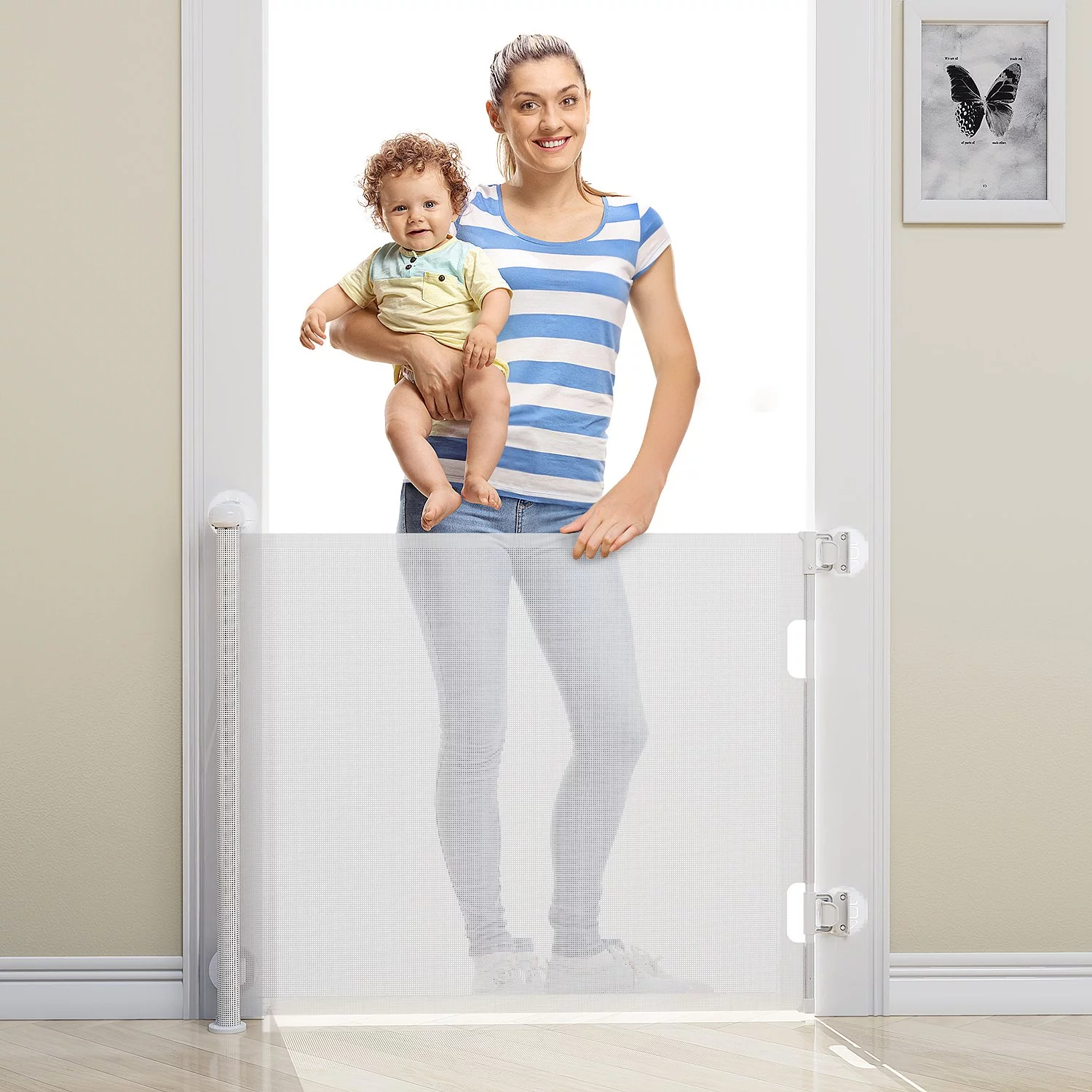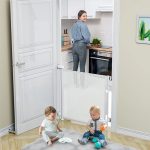Ensuring the safety of your home and loved ones is a top priority for any homeowner. From preventing accidents to enhancing security against intruders, a comprehensive approach to indoor safety can provide peace of mind and create a secure environment. In this article, we’ll discuss effective strategies to protect your home from potential hazards, ways to childproof your living spaces, methods for deterring unauthorized entry, and the importance of maintaining safety equipment within the home.
Preventing Common Hazards
Identifying and Mitigating Risks
To create a safe indoor environment, start by identifying potential risks around your home. This includes checking for loose carpets, securing heavy furniture to walls, and ensuring that electrical cords are out of the way to prevent tripping. Take the time to assess each room for hazards and mitigate them through simple fixes like installing corner guards on sharp furniture edges and applying non-slip pads under area rugs.
Regular Maintenance Checks
Regular maintenance is essential for avoiding accidents at home. Schedule periodic checks of your home’s critical systems, including heating, ventilation, air conditioning, and plumbing. Look for signs of wear and tear and address issues promptly. By keeping your home well-maintained, you minimize the risk of incidents like gas leaks or water damage, which can have serious safety implications.

Creating a Kid-Friendly Space
Locks and Guards for Child Safety
Childproofing your home is a crucial step when you have young children or when they visit. Incorporate safety locks on cabinets and drawers that contain hazardous materials or sharp objects. Install window guards and stair gates to prevent falls, and use outlet covers to protect curious little fingers from electrical sockets. These simple devices can prevent many of the common injuries children encounter at home.
Educating Children on Indoor Safety
Education is a powerful tool in enhancing indoor safety for children. Teach them about the dangers of playing with electrical appliances or wandering off to off-limits areas. Encourage them to participate in keeping their environment safe by picking up toys after playtime and following house rules. An informed child is more likely to recognize potential dangers and avoid them.
Keeping Unwanted Guests Out
Upgrading Locks and Entry Points
To deter intruders, start by securing potential entry points. Upgrade locks on doors and windows to high-quality, durable models. Consider adding deadbolts for extra security, and ensure that sliding doors have robust locking mechanisms. Illuminated and motion-detector exterior lights can also be effective in deterring would-be intruders by removing the cover of darkness.
Home Security Systems and Alarms
Investing in a home security system can provide a significant deterrent to intruders. Modern systems include features like door and window sensors, motion detectors, and cameras that can be monitored remotely. Alarm systems not only alert you to potential intrusions but also serve as a visible sign to potential intruders that your home is protected.
Safety Equipment Maintenance
Smoke Detectors and Fire Extinguishers
Smoke detectors and fire extinguishers are critical safety devices in any home. Test your smoke detectors monthly and replace batteries at least once a year or as recommended by the manufacturer. Keep fire extinguishers in accessible locations, such as the kitchen and near bedrooms, and ensure everyone in the home knows how to use them.
Emergency Kits and First Aid
Prepare for unexpected situations by keeping emergency kits stocked with necessities like flashlights, batteries, non-perishable food, water, and a basic first aid kit. Regularly check and replenish these supplies to ensure they are ready when needed. A well-stocked first aid kit can be invaluable in treating minor injuries quickly or in providing initial care until professional help arrives.
In conclusion, protecting your home and family requires a proactive approach to safety. By assessing potential risks and implementing strategies to mitigate them, you can create a secure living space. Childproofing measures and educational efforts ensure that young family members stay safe, while security upgrades and alarm systems deter intruders. Regular maintenance of safety equipment guarantees you are prepared for emergencies. Together, these strategies form a comprehensive indoor safety plan that not only safeguards your family but also provides the peace of mind that comes from knowing your home is a secure haven.


